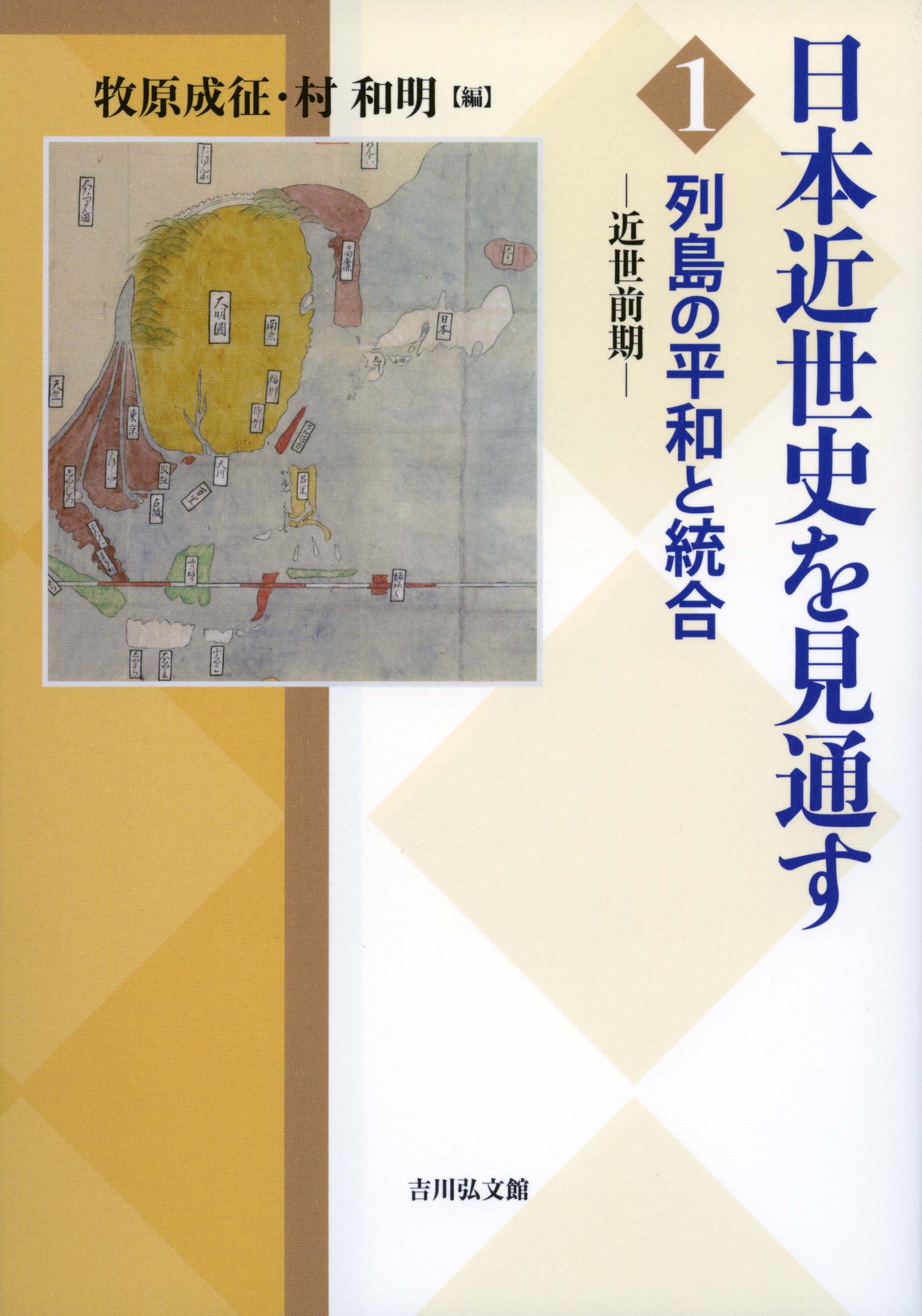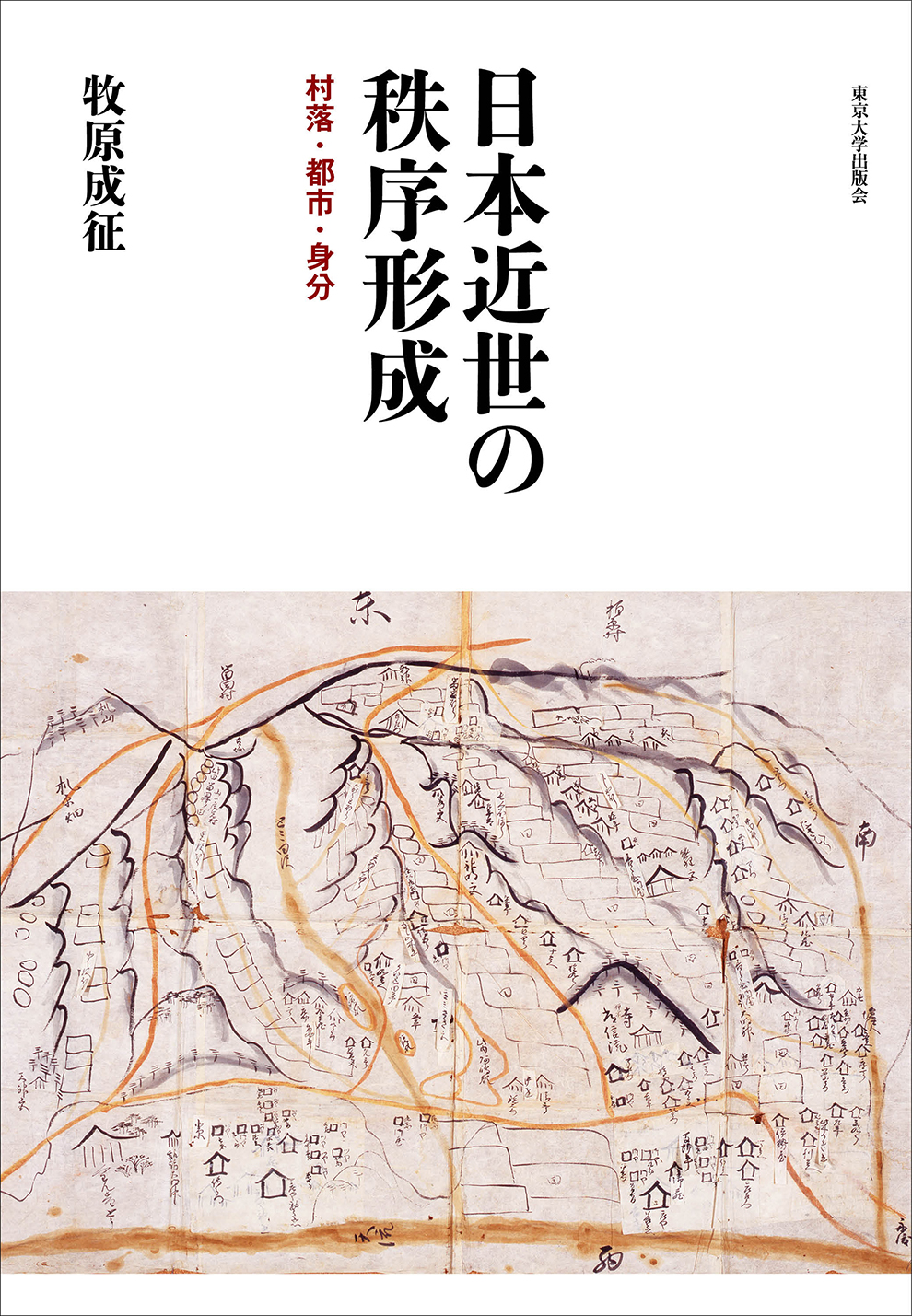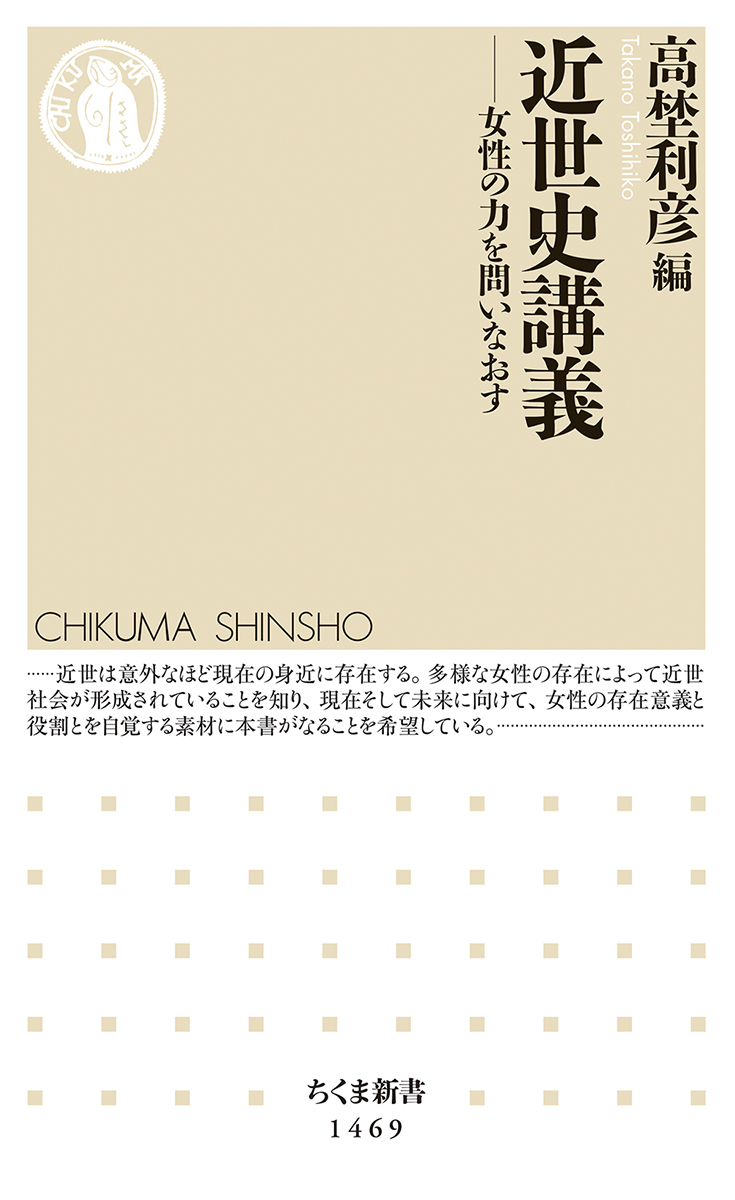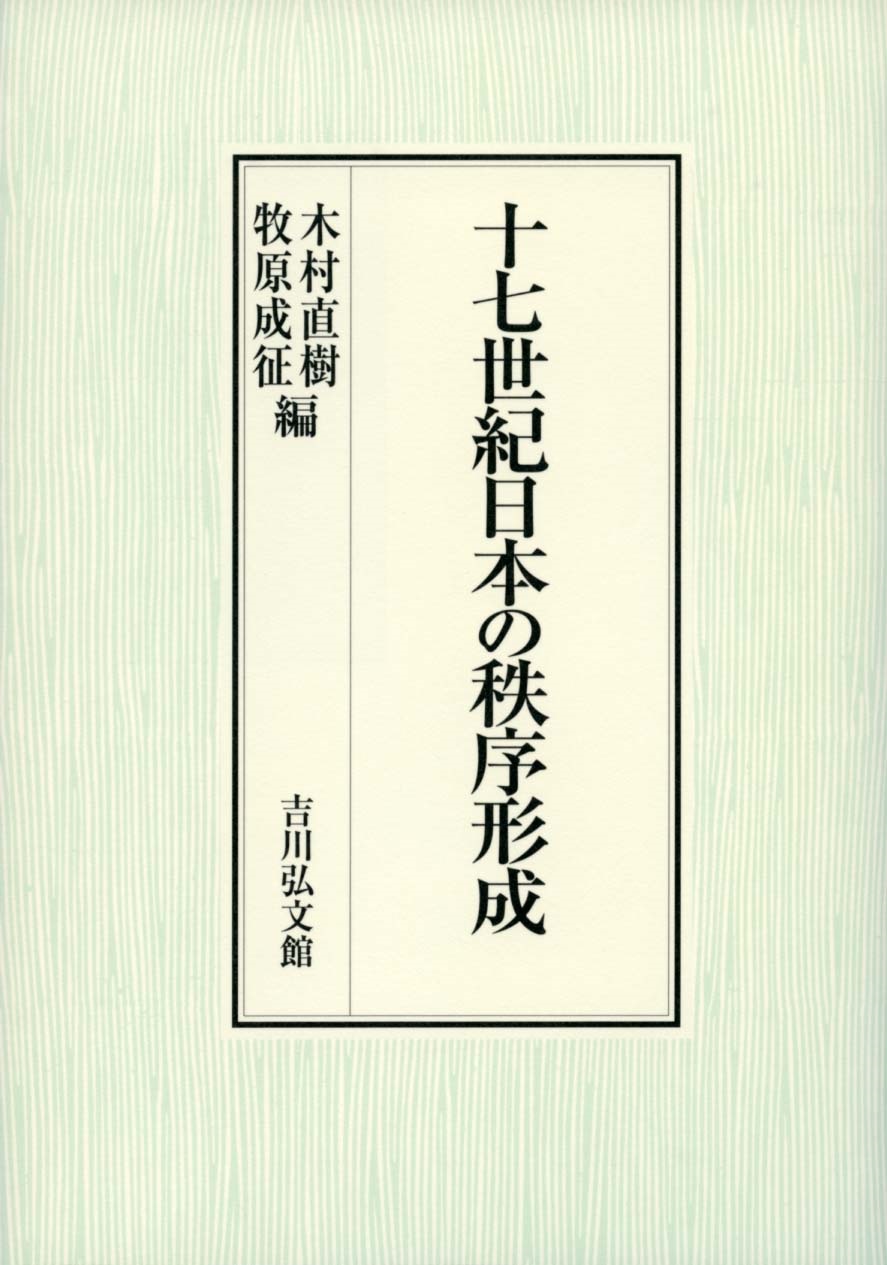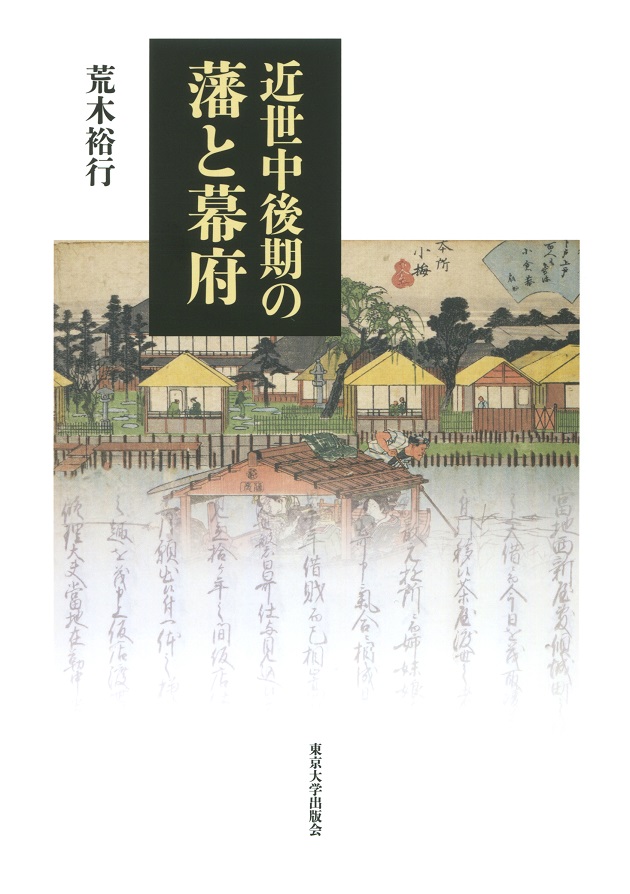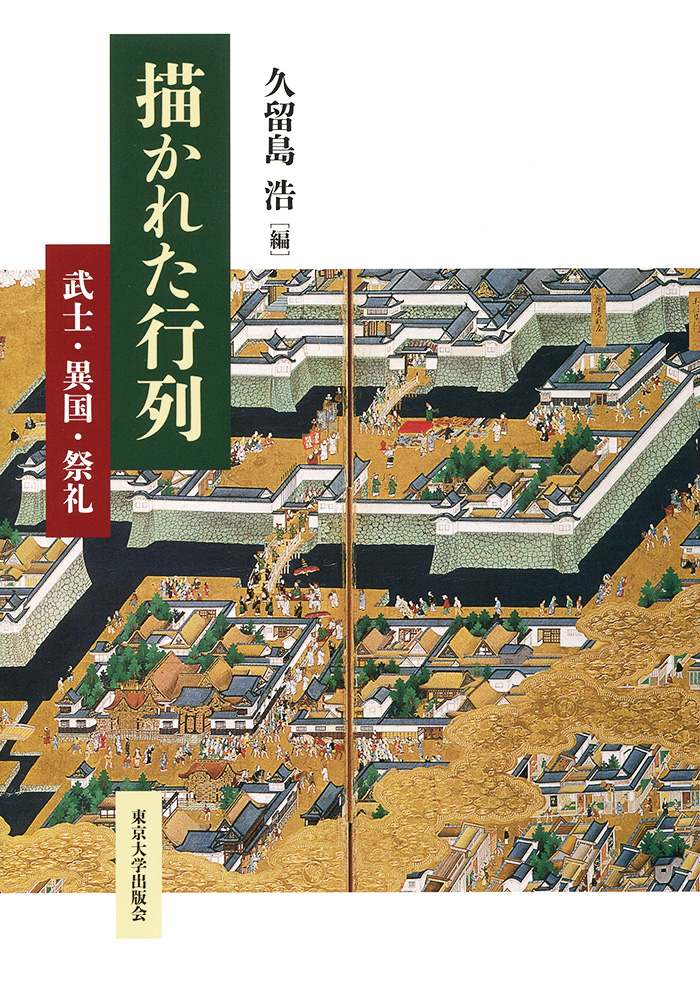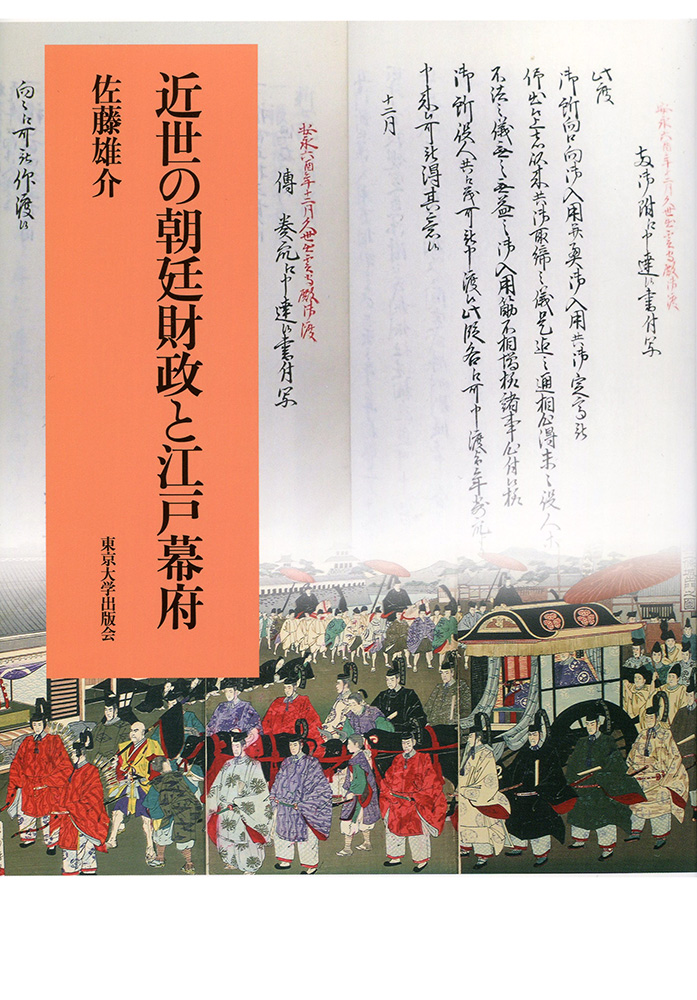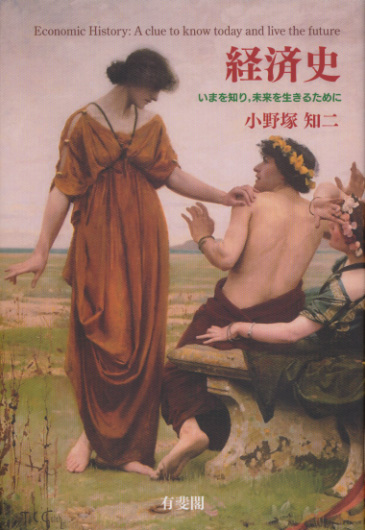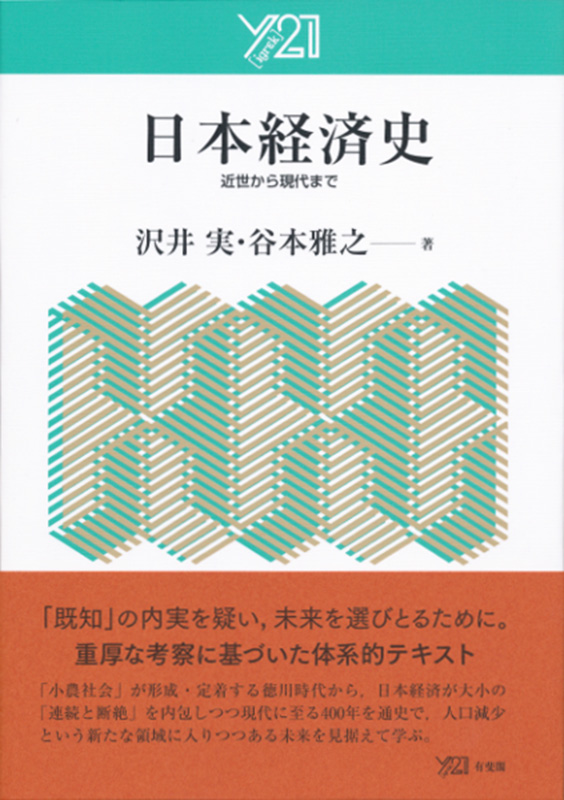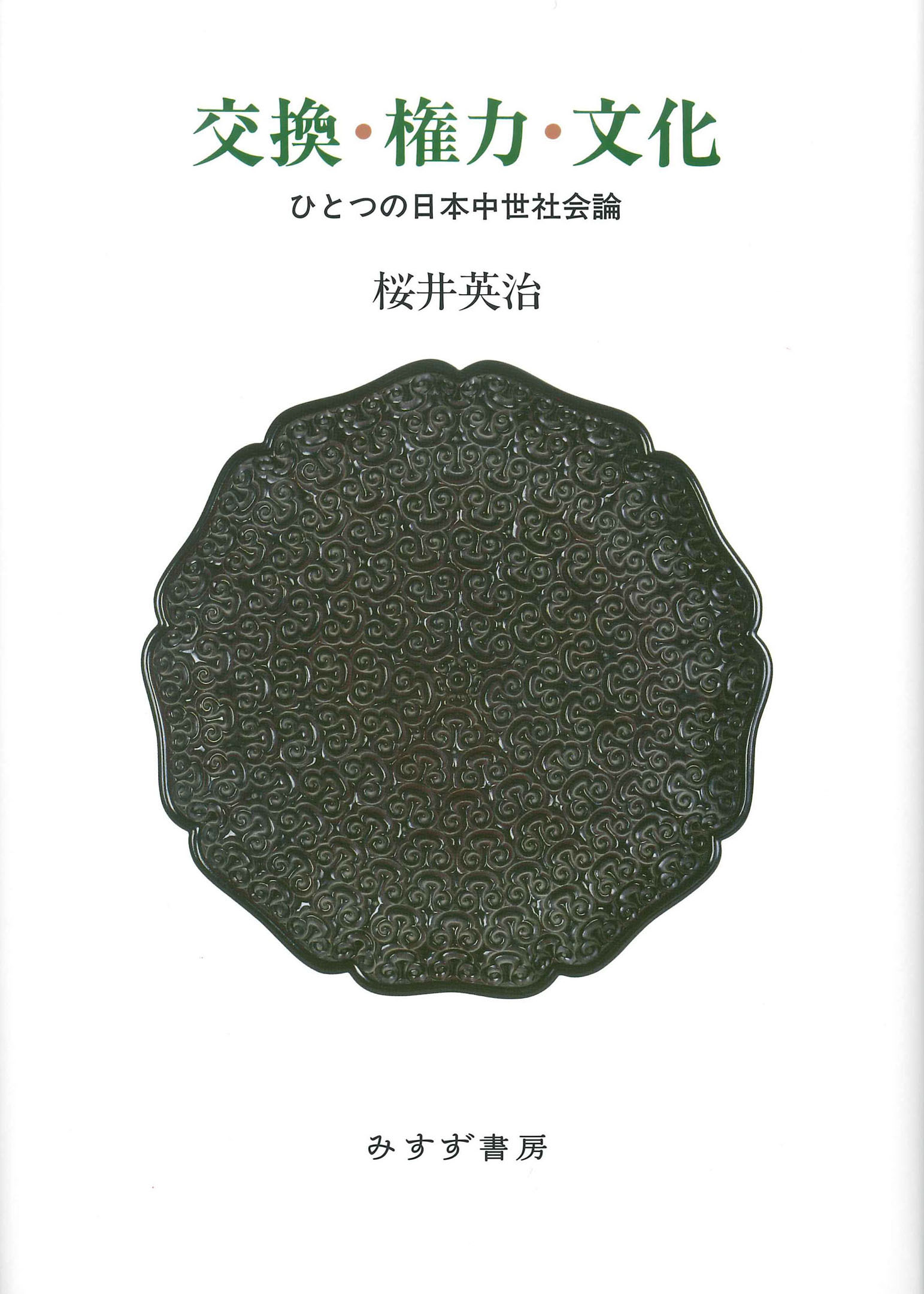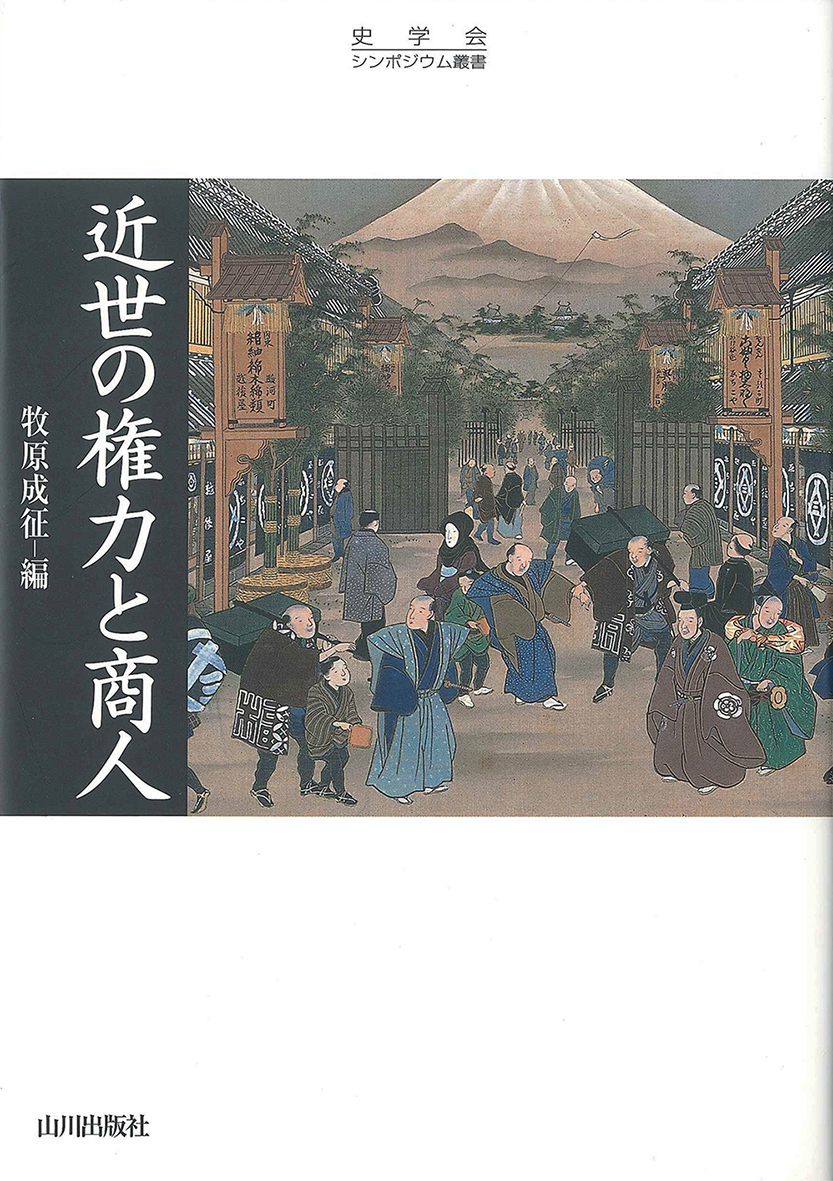
Title
Kinsei no Kenryoku to Shonin (The Historical Society of Japan Symposium Series: Merchants and Authorities in the Early Modern Japan)
Size
248 pages, A5 format
Language
Japanese
Released
November 10, 2015
ISBN
978-4-634-52364-7
Published by
Yamakawa Shuppansha Ltd.
Book Info
See Book Availability at Library
Japanese Page
The term “early modern Japan” primarily refers to the Edo period, and this book is a collection of seven essays on the relationship between merchants and authority in the Edo period based on various separate subjects. The book was compiled from the content of a symposium held in the Early Modern History Section of the Historical Society of Japan Annual Meeting.
As suggested by keywords such as “za” (trade guilds), “rakuichi” (free markets), “goyotashi” (financial purveyors), “kabu nakama” (merchant guilds), “senbaisei” (government monopolies), and “seisho” (merchants with political ties), the relationship between merchants and authority has always been a close one, yet this relationship also differed considerably in each period. So, how about the early modern period? This book provides a concrete discussion of this relationship, addressing topics such as piece good merchant guilds in Edo, the money-lending of the Mitsui to lords, the similar relationship between the Sumitomo Edo Money Changing Office and daimyo families, the leather merchants and leather guilds of the Fukuoka Domain, cottonseed distribution in the Kishiwada Domain, and the Edo-machi Kaisho (Edo Town Office) and Kanjosho Goyotashi (Financial Officials).
The society of the Edo period was once regarded as a “feudal society” and understood through the context of relationships between farmers and their feudal lords. Since the concepts of “feudalism” and “feudal society” were constructed according to the medieval European model, many historians have recently begun avoiding the application of these concepts as they stand to countries and regions outside Europe such as Japan and are instead describing early modern Japan using terms such as “status-based society” and “status society.”
On the other hand, since the 1980s, the view that Edo society was an “economic society” with an advanced market economy has also gained weight. This view interprets the Edo period as modern ade in a wide sense. If we take this view a bit, we should consider how to develop a unified understanding of the aspects of “status society” and the aspects of “economic society.” That is the reason for selecting the topic of merchants and authority in the early modern period.
Chapter 1, an introduction titled “Organization of Townspeople in the Edo Castle Town and the Merchants,” uses the example of the Edo Castle town, a territory of the Edo Shogunate, to revisit basic questions such as how the shogunate brought merchants and artisans to live in the castle town to begin with and what roles were assigned to people with a “chonin” status. Although the word “Edo” gives the strong impression of a place that developed as the largest city on Earth, where popular culture reached maturity, Edo was originally organized as a castle town centered on a status society; this state of affairs was precisely what caused the subsequent development of the market economy while also firmly regulating and restricting the nature of this development.
Then, Chapter 2, “Edo Odenma-cho Piece Good Shop Guilds and ‘Tonya’ Wholesale Stores,” traces the process by which Odenma-cho 1-chome, which was originally established as a town community that fulfills the role of transportation, became to a town with a large number of piece good shops (merchants selling cotton cloth and fabrics). In the early 18th century, the piece good shops in the town at once acquired the designation of “tonya” (wholesale stores) when the shogunate released the Aitai Sumashi Rei (Mutual Settlement Decree; a law prescribing that lawsuits on pecuniary affairs would not be accepted). The book attempts to clarify part of the process by which the main body of early modern merchants was subsumed as “tonya” through their relationship with authority.
(Written by MAKIHARA Shigeyuki, Associate Professor, Graduate School of Humanities and Sociology / 2017)



 Find a book
Find a book


